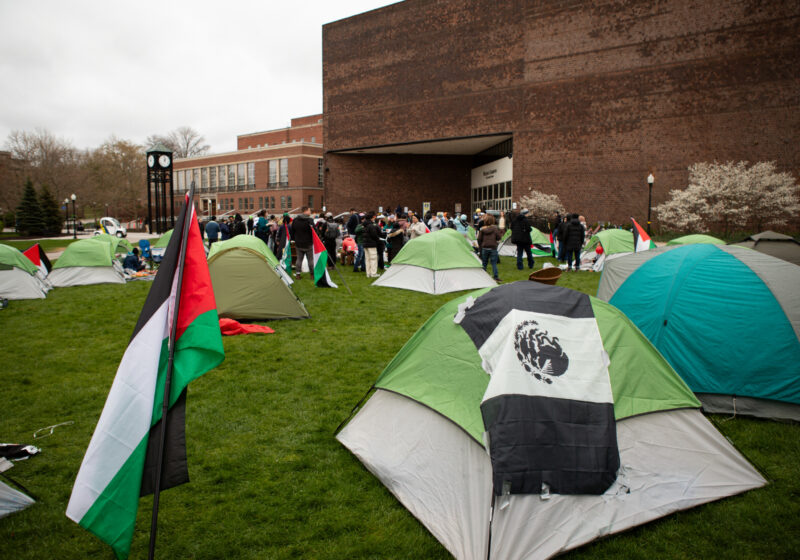Embryonic stem cells are precursor cells. They originate from days-old embryos and, as the embryo develops, change into the various types of cells ? heart cells, pancreas cells, kidney cells ? that make up an identifiable human being. This flexible characteristic has given scientists a hope of developing treatments for a variety of diseases, including multiple sclerosis, Alzheimer’s disease, Parkinson’s disease, diabetes and others.
In considering this issue, no one can sidestep the fact that, to get the cells for the research, scientists have to destroy a three-to-five-day-old fertilized egg ? an embryo. If one happens to believe ? as a number of religious faiths preach ? that life begins at conception, this research poses a problem.
As one might imagine, numerous groups have vigorously opposed embryonic cell research and expressed moral concerns with the possibility that scientists view a potential human life as merely a source of research material.
Nevertheless, the federal government should fund this type of research.
One must consider the source of most of these embryos ? fertility clinics. A family will fertilize eight to 10 eggs in the hopes of having one or two healthy babies. The excess embryos get placed in cold storage and usually stay there.
Eventually, they become abandoned, and the fertility clinic destroys them. It is largely these embryos, slated for destruction, that would serve as catalysts to locate treatments for countless debilitating conditions.
People who decry the existence of excess, frozen embryos have misplaced their anger. If an evil exists in the use of these embryos, it lies in their creation in the clinics in the first place. It lies with the people who elected to create the original moral dilemma. It does not lie with the scientists or the researchers.
Furthermore, it is possible to distinguish stem cell research from abortion. To state an obvious point, these cells cannot survive on their own unless they’re transplanted into a mother’s womb.
This is in stark contrast to abortion, which stops a process that, if not performed, leads to the birth of a child. Leaving these laboratory-created embryonic cells alone does nothing but let them perish.
Which shows a greater respect for the cells contained in these pinpoint-sized embryos ? to use them to better the lives of millions of people across the country, or to leave them to be treated with the same respect usually accorded a Big Mac wrapper?
Which has the greater chance to show others the potential for life contained in the cells ? to use them to discover miracle treatments or to leave them as biological refuse?
I would argue the former.
Ambati can be reached at mambati@campustimes.org.


